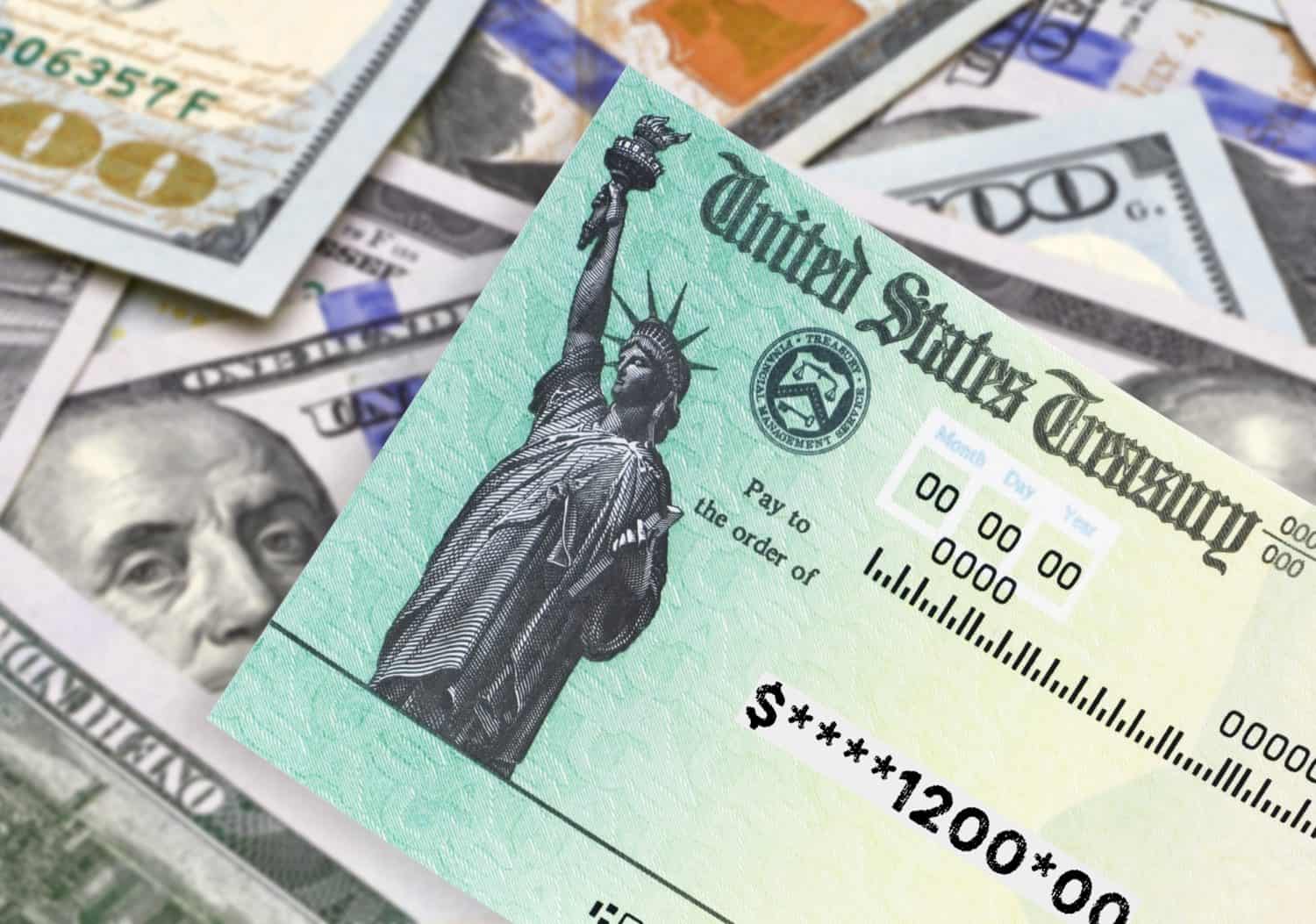Personal Finance
5 Reasons High Yield Savings Account Are Better Than T-Bills Right Now

Published:

Ever since the end of World War II, US Treasury Bonds and Treasury Bills have been considered the AAA Standard of principal safety among debt instruments. This was due to the perception that the US economy was inviolate, and its strength would perpetually go unrivaled. Thanks to the 1944 Bretton Woods Agreement, the US dollar became the world’s reserve currency, and President Nixon’s 1973 deal with OPEC to protect Saudi Arabia’s oil fields with US military forces spawned the petrodollar.
Unfortunately, these advances led to complacency and profligacy from Congress in subsequent decades that has undermined the US economy. Debasing the US dollar with foolish, wasteful, and potentially criminal spending sprees with taxpayer dollars both here and abroad, the national debt stands at a humongous $36 trillion, and is adding another trillion roughly every fiscal quarter. The US credit rating was downgraded in 2011 by S&P and in 2023 by Fitch to AA+, and Moody’s issued a negative credit watch alert late in 2023.
The bulk of the global bond industry still uses US Treasury bonds as its benchmark for pricing and yields of corporates and other debt. However, these economic concerns have fostered the growth of BRICS and other international alternatives.

US Treasury Bills are debt securities guaranteed by the US government with maturities of one year or under. They are issued and sold in auctions in maturities of 4, 8, 13, 17, 26, and 52 weeks. Unlike Treasury Bonds, which have longer maturities and interest rate coupons, Treasury Bills are zero coupon instruments. Therefore they are sold at a discount to par (face value) and redeemed at par when they reach maturity. For example, par for a T-Bill is $1,000 face value. A 52-week T-Bill purchased at $965.00 would equate to a 3.64% annual return rate, provided the T-Bill is held to maturity.
While they can easily be sold, T-Bills are an all or none proposition, so they cannot be divided or incrementally sold in pieces. However, brokerage firms will offer margin loans against them. Due to their relatively short maturity and the imprimatur of the US government standing behind them, US T-Bills are considered one of the safest debt instruments for investors.
Due to Bidenomics-triggered inflation and subsequent Federal Reserve interest rate hikes, the economic landscape for US citizens has undergone major changes. As a result, risk averse investors who would normally invest in US T-Bills out of habit might want to look at other options. High Yield Savings Accounts (HYSA) are one alternative worth further exploration for a number of reasons. They are structured similarly to standard bank savings accounts, which may include checking and ATM card privileges. Although HYSA interest, which is variable rate, may also be subject to state taxes depending on one’s domicile of record, they usually have no minimum investment amount .
High Yield Savings Accounts boast several features which can make them a viable alternative to US T-Bills. Below are five of them:
Like any other asset classes, High Yield Savings Accounts are not a one-size-fits-all all affair. Nevertheless, the current economic climate created by rampant inflation and a debased US dollar have spawned a need for financial investment alternatives to the old standbys. The incoming President Trump administration will have its hands full in trying to reduce the national debt and excess spending of Congress, but it will be an uphill battle that won’t resolve quickly. The superior liquidity and market volatility protection of High Yield Savings Accounts make them a viable short term investment worthy of consideration as we enter 2025.
The last few years made people forget how much banks and CD’s can pay. Meanwhile, interest rates have spiked and many can afford to pay you much more, but most are keeping yields low and hoping you won’t notice.
But there is good news. To win qualified customers, some accounts are paying almost 10x the national average! That’s an incredible way to keep your money safe and earn more at the same time. Our top pick for high yield savings accounts includes other benefits as well. You can earn up to 3.80% with a Checking & Savings Account today Sign up and get up to $300 with direct deposit. No account fees. FDIC Insured.
Click here to see how much more you could be earning on your savings today. It takes just a few minutes to open an account to make your money work for you.
Thank you for reading! Have some feedback for us?
Contact the 24/7 Wall St. editorial team.